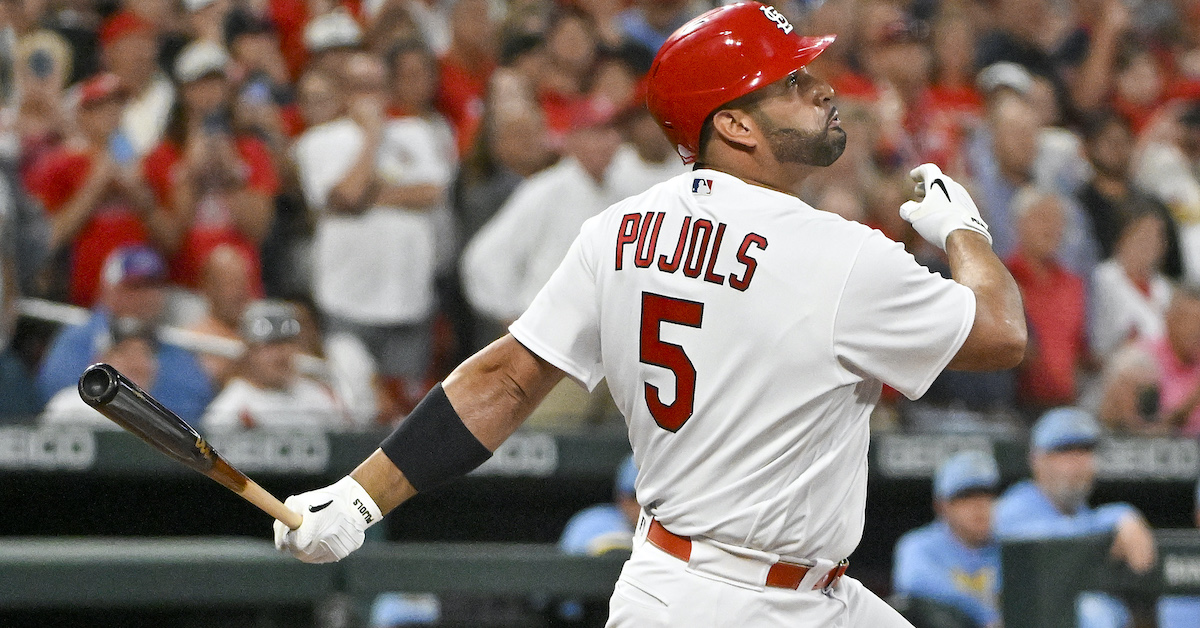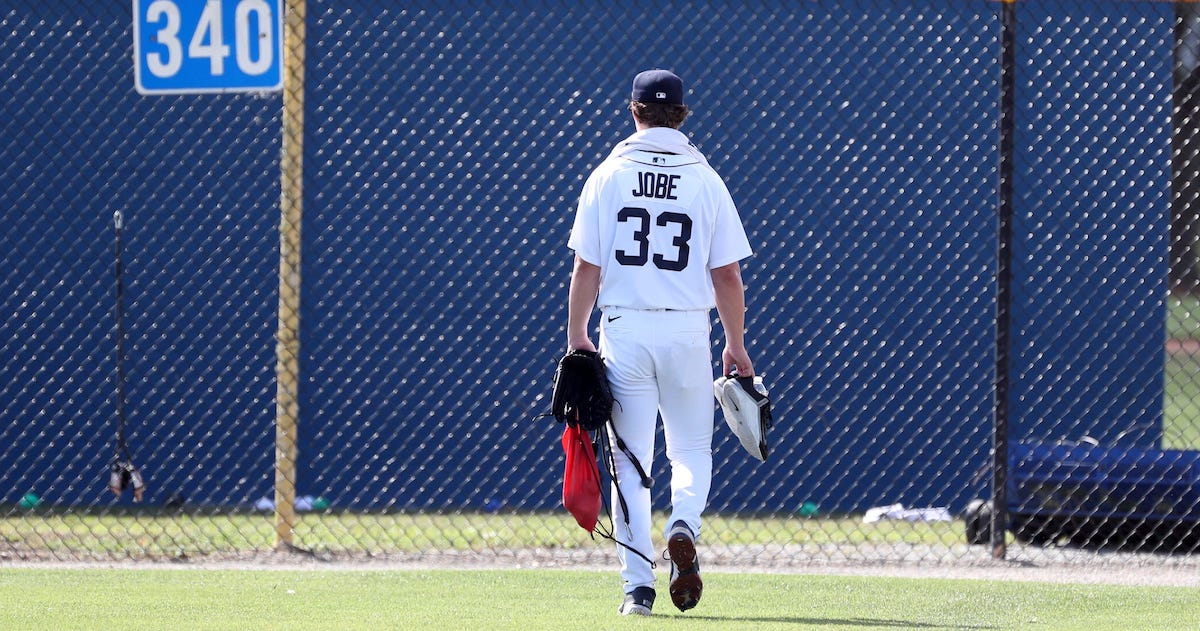Effectively Wild Episode 1904: Keeping Tabs

Ben Lindbergh and Meg Rowley banter about minor leaguers officially joining the MLBPA and what minor league unionization might do to the game’s distribution of revenue, follow up on Gold Gloves for utility players, toilet flappers, and Joey Meneses, discuss Jon Berti’s pursuit of 40 stolen bases, what pickoff-attempt restrictions will do to the running game, and why they don’t mind making things easier for runners, examine a Jake McCarthy attempted steal of home, give the Diamondbacks their due, and muse on the different types of steals of home, the potential of the terms “sayonara hit” and “hero interview,” and the homer-hitting prowess of Eugenio Suárez before answering additional listener emails about the effects of the rules changes on infielder offense and pitchouts, swinging twice at one pitch, attempting to get out of tagging up, why the raglan sleeve is associated with “baseball shirts,” deciding to go double or nothing after scoring, emergency backup pitchers, directional arrows projected on the field, and the virtues of teams being pretty good instead of great or terrible, plus musings on listeners learning they like Scott Boras and pitch-clock countdowns on score bugs, and a Past Blast from 1904.
Audio intro: Ducks Ltd., “It’s Easy”
Audio outro: Ryan Pollie, “Steal Away”
Link to Evan on unionization
Link to Russell on minor league pay
Link to story on utility Gold Gloves
Link to story on Meneses interception
Link to Meneses letter
Link to Korky flapper sizing page
Link to Baumann on Berti
Link to Russell on the running game
Link to McCarthy steal attempt video
Link to BP on the steal attempt
Link to Altuve’s steal of home
Link to Ben C. on Arozarena running
Link to Ben on Murakami and Sasaki
Link to HR leaders since 2018
Link to pitchouts by season
Link to Sam on pitchouts
Link to Ben on pitchouts
Link to post on 2016 2B offense
Link to post on Moustakas at second
Link to story on shifting and infielders
Link to story on slowest possible pitch
Link to info on swing timing
Link to info on pitch timing
Link to story on Pence’s double hit
Link to raglan sleeve wiki
Link to story on baseball-shirt sexiness
Link to ESPN Daily on the EBUG
Link to Dodgers-Mets laser story
Link to EW listener emails database
Link to 1904 story source
Link to SABR game story
Link to Sol White’s book
Link to Rube Foster SABR bio
Link to 1904 World Series info
Link to Jacob Pomrenke’s website
Link to Jacob Pomrenke on Twitter
![]() Sponsor Us on Patreon
Sponsor Us on Patreon
![]() Subscribe to Stathead (Code: WILD20)
Subscribe to Stathead (Code: WILD20)
![]() Facebook Group
Facebook Group
![]() Twitter Account
Twitter Account
![]() EW Subreddit
EW Subreddit
![]() Effectively Wild Wiki
Effectively Wild Wiki
![]() iTunes Feed (Please rate and review us!)
iTunes Feed (Please rate and review us!)
![]() Get Our Merch!
Get Our Merch!
![]() Email Us: podcast@fangraphs.com
Email Us: podcast@fangraphs.com
Podcast (effectively-wild): Play in new window | Download
Subscribe: RSS





